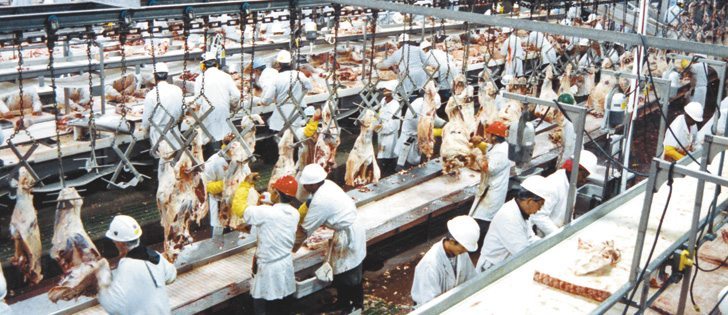Europe’s endorsement of a protocol designed to restore flax trade with Canada’s largest customer hasn’t exactly left the flax industry bubbling with optimism.
“No one should think that just because this protocol has been achieved, that any kind of normal trade will resume quickly,” said Barry Hall, president of the Flax Council of Canada.
The protocol approved Oct. 29 sets out a system of sampling, testing and documentation to assure European buyers that future Canadian flax shipments will be free of CDC Triffid, a GM flax variety that was first detected by European labs in a Canadian flax shipment in July 2009.
Read Also

VIDEO: Case IH reveals new Optum tractor at Agritechnica 2025
Case IH reveals its new Optum tractor at Agritechnica 2025.
However, Hall said the testing procedure and sensitivity levels are so stringent that they may prove difficult to implement.
Compounding the problem is a lack of labs capable of doing the type and quantity of work for a protocol that requires testing of on-farm, commercial storage and rail car samples.
The Canadian Grain Commission is in the process of validating labs to conduct this type of work, a process that could last until the end of November.
That would leave little time for exporters to get product to Thunder Bay and through the St. Lawrence Seaway before freeze up, which is typically around Dec. 15. The vast majority of flax heading to Europe goes through Thunder Bay.
Even if grain companies managed to achieve export certification in time, their shipments would be subject to additional import testing by EU countries.
That is a risk many may not wish to take now that the Flax Council of Canada is acknowledging the Canadian system contains Triffid.
In the weeks following news that European labs had found the GM variety in flax shipments and food products, the industry steadfastly insisted the European tests were not as reliable as one being developed by the National Research Council’s Plant Biotechnology Institute and DNA Landmarks.
But in an Oct. 30 message to growers urging them to keep representative samples of their flax crop as it goes into each storage bin, the council said every conceivable effort must be made to “locate and eradicate all sources of this contamination.”
Hall said the industry is “long past” the denial phase. There is no question Triffid is in the system, he added.
“We can’t blame it on canola contamination,” he said.
Traceback under way
The Canadian Grain Commission has confirmed trace amounts of the deregistered GM flax variety in samples from three cargoes of flax shipped to Europe and is attempting to trace it back through the system to the farm or farms involved.
Agriculture Canada has revised its flax supply and disposition outlook in light of the fact that not much of the oilseed is expected to move during the remainder of this year.
In its Oct. 8 report, the department forecast 450,000 tonnes of flax exports, down 25 percent from last year despite what is expected to be a 12 percent increase in production.
“Carry-out stocks on July 31, 2010, are projected to rise sharply as a result,” Agriculture Canada said.
“Prices are forecast to average sharply lower than last year as a result of the burdensome stock levels with no significant recovery from current low levels expected until the spring of 2010.”
Grant Fehr, flax marketing manager with Keystone Grain Ltd., said even if the protocol works, exporters will have a lot of ground to make up.
The St. Lawrence Seaway usually reopens in mid-to-late March. What happens to the flax market may largely depend on how much of the normal annual export volume can be crammed into the spring shipping season.
There are shipping alternatives to Thunder Bay. Canadian processors can move flax in containers or by bulk through the Port of Montreal during winter.
However, both alternatives have their disadvantages. The first relies on containers, which have traditionally been hard to find on the Prairies, and the second is a costlier route to Europe, which means buyers would have to be willing to pay more for the product.
Glenn Lennox, Agriculture Canada’s oilseed analyst, said another constraint is the late harvest. Saskatchewan Agriculture’s crop report shows 33 percent of the province’s flax crop had been combined as of Oct. 26.
“Most of the flax is still standing out there and if we were to get a heavy snowfall this week, it would be standing there until May,” he said.
However, the bright side is European demand for flax hasn’t evaporated.
If the industry can work out the kinks in the protocol before spring, the flax market outlook won’t be nearly as dire as people were first thinking.
“The end of the crop year is going to be Sept. 30 instead of July 31,” Lennox said.















